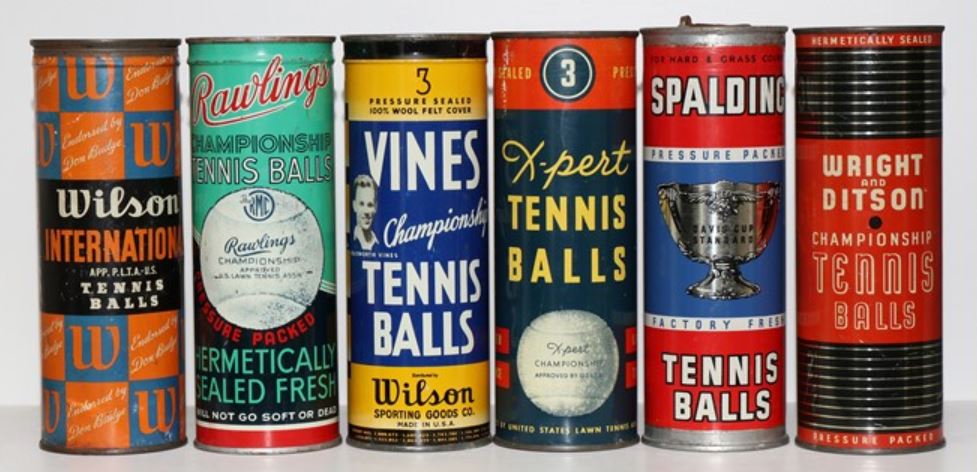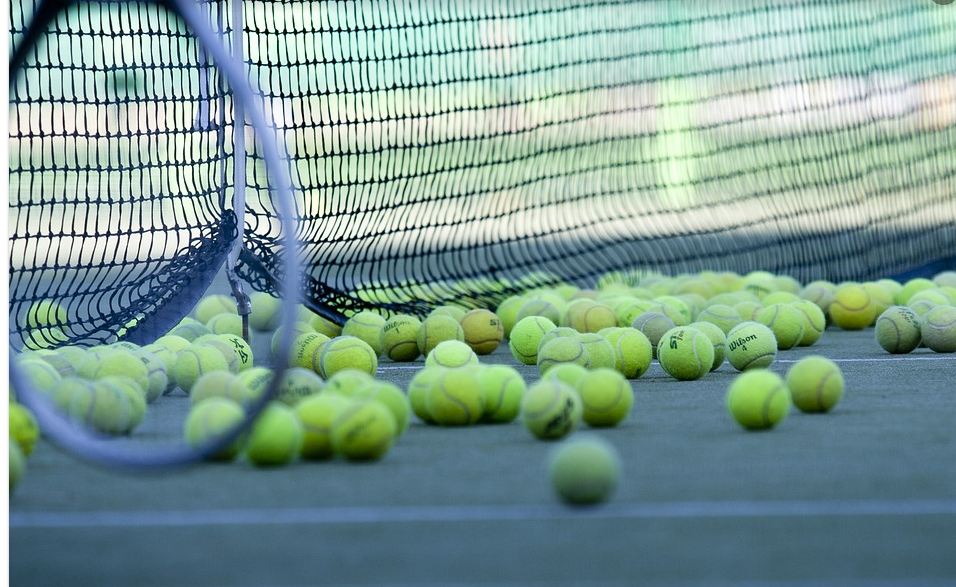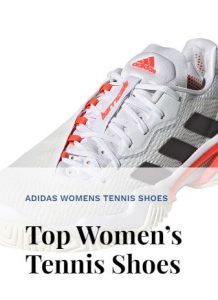Tennis Balls Transformation
 Traditional tennis balls were made of some funky material. In fact, the original ones were made of wood and later evolved into round-shaped envelopes stuffed with rags, horsehair, wool, and sawdust. Instead of felt, tradespeople used leather and twine to create a durable exterior. After the balls were batted about the lawn, they were repaired and stored for the next game. Can you imagine how bad these balls might have bounced? But just as the game has evolved, so too have the balls. Before the turn of the century, a new rubberized material was introduced for the core and the outer coat was made of flannel and felt. In the early 1920s, the balls became pressurized and were replaced in a can to preserve their vitality.
Today's balls mimic that same principle, only they are made in gigantic factories along massive production lines. Approximately 350 million tennis balls are sold yearly, worldwide. While manufacturers continue to refine their products, they are creating quality balls good for competition, practice, or casual play. They are also partnering with tournaments and organizations to receive endorsements. Some balls are labeled the official ball of the US Open or Australian Open, and even the NCAA.
Traditional tennis balls were made of some funky material. In fact, the original ones were made of wood and later evolved into round-shaped envelopes stuffed with rags, horsehair, wool, and sawdust. Instead of felt, tradespeople used leather and twine to create a durable exterior. After the balls were batted about the lawn, they were repaired and stored for the next game. Can you imagine how bad these balls might have bounced? But just as the game has evolved, so too have the balls. Before the turn of the century, a new rubberized material was introduced for the core and the outer coat was made of flannel and felt. In the early 1920s, the balls became pressurized and were replaced in a can to preserve their vitality.
Today's balls mimic that same principle, only they are made in gigantic factories along massive production lines. Approximately 350 million tennis balls are sold yearly, worldwide. While manufacturers continue to refine their products, they are creating quality balls good for competition, practice, or casual play. They are also partnering with tournaments and organizations to receive endorsements. Some balls are labeled the official ball of the US Open or Australian Open, and even the NCAA.
Balls Performance
The top-rated balls on the market are made by Wilson, Penn, Dunlop, and Tecnifibre. Some of the differentiators include: Regular duty – Great option for indoor and clay court use. Generally speaking, these balls are better suited for softer surfaces. They have a thinner layer of felt and are good for all levels of play. Extra duty – This is the perfect choice for hard outdoor court surfaces or concrete play. This ball has a thicker layer of felt for better durability and longevity. Pressureless – These types of balls are ideal for beginner or recreational players. They can be used for any type of surface and are made with a solid core. By design, they have a long lifespan, however, the felt wears faster. These will hold their bounce longer than pressurized balls. A lot of tennis clubs use pressureless balls in their ball machines. Pressurized – This one has a hollow core that is filled with air or nitrogen. Despite being sold in well-sealed cans, they will start losing some bounce shortly after the can is opened. Optimal for high-level players and pros, this ball offers superior performance. High Altitude – Typically played in areas with an elevation of 3,000 feet above sea level, this ball plays like a regular ball and offers excellent player control even in higher altitudes. This too has a very high bounce. A popular ball is Wilson's US Open Tennis Balls. They come in both regular duty (for WTA) and extra duty (for ATP). They've been the official US Open ball since 1978. Made with an exclusive formula of woven felt from Tex Tech Industries, this ball is approved by the ITF (International Tennis Federation) which oversees ball requirements. They must measure between 2.57 and 2.70 inches in diameter and weigh between 1.975 and 2.095 ounces.Lifecycle of a Ball
 The lifespan of a tennis ball is based on a variety of factors. How often was it played, what were the court conditions, the impact of the racquet, and even the type of string used? Also, buying balls from a reputable source plays a factor in the equation. Other retailers might store them in warehouses for long periods of time, which could accelerate the aging process and reduce pressure. Balls are sold in a single can, 4-pack, or by the case. Three balls come standard, however, there are some 4-ball cans. The balls are numbered, typically 1 through 4, with the same number on all three balls. This helps you identify them when you play at a multi-court facility. Take advantage of recycling used tennis balls by donating them to your club, pro, or at RecycleBalls.org.
In conclusion, there isn't an ace in the bunch, instead, there are numerous winners. I suggest you playtest as many as you can and keep an account of what you like and dislike about each.
Find your favorite brand of tennis balls at TennisExpress.com today and be inspired to play like a champion!
The lifespan of a tennis ball is based on a variety of factors. How often was it played, what were the court conditions, the impact of the racquet, and even the type of string used? Also, buying balls from a reputable source plays a factor in the equation. Other retailers might store them in warehouses for long periods of time, which could accelerate the aging process and reduce pressure. Balls are sold in a single can, 4-pack, or by the case. Three balls come standard, however, there are some 4-ball cans. The balls are numbered, typically 1 through 4, with the same number on all three balls. This helps you identify them when you play at a multi-court facility. Take advantage of recycling used tennis balls by donating them to your club, pro, or at RecycleBalls.org.
In conclusion, there isn't an ace in the bunch, instead, there are numerous winners. I suggest you playtest as many as you can and keep an account of what you like and dislike about each.
Find your favorite brand of tennis balls at TennisExpress.com today and be inspired to play like a champion!
Check out these Resources:





















